About Bob Willard
This author has not written his bio yet.
But we are proud to say that Bob Willard contributed 58 entries already.
Entries by Bob Willard
AI-Updated Employee Benefits in Sustainability Business Cases
/by Bob Willard
In 2002, New society Publishers (NSP) published my first book, The Sustainability Advantage: Seven Business Case Benefits of a Triple Bottom Line. On its tenth anniversary in 2012, I recalibrated the business case and NSP published the cleverly-retitled book, The New Sustainability Advantage: Seven Business Case Benefits of a Triple Bottom Line. Now, I am happy to release AI-updated employee-related benefits in the sustainability business case.
Comparison of Supplier GHG Status Questionnaires
/by Bob Willard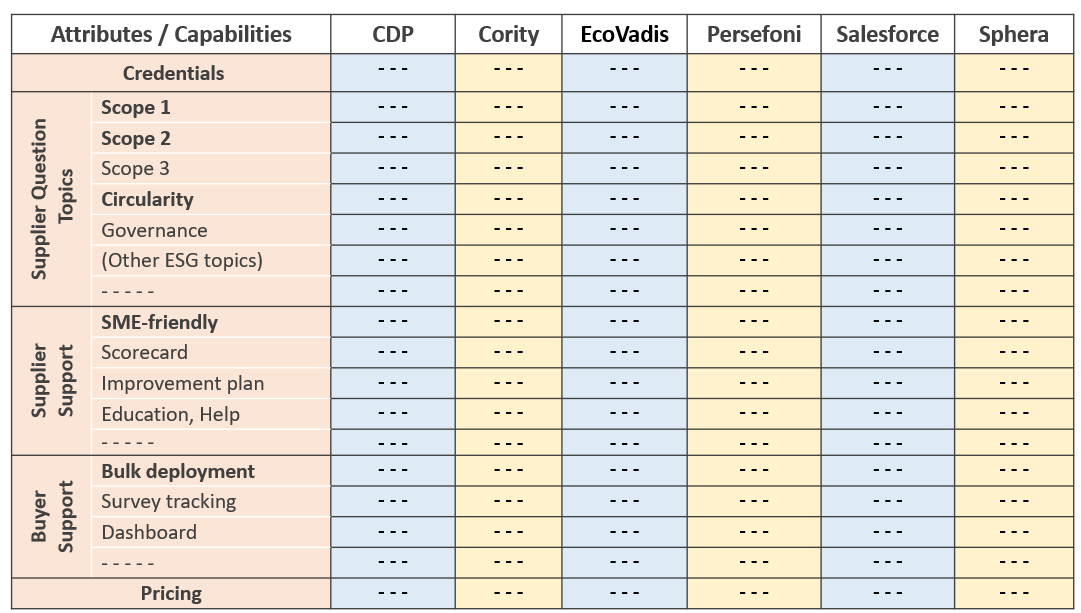
In a previous blog, I provided an overview of the free, open-source Net-Zero Procurement (NZP) Toolkit. The NZP Toolkit includes four tools, one of which is a sample supplier greenhouse gas (GHG) status assessment questionnaire. It scores suppliers on their GHG-reduction commitment, progress, and plans. The sample questionnaire in the Toolkit is the SME-friendly, Excel-based Net-Zero Ambition Assessment Tool (NZAAT). NZAAT is a good. However, an online, digitized equivalent of NZAAT may be helpful if it were to be used with hundreds or thousands of suppliers. I have done a side-by-side comparison of how six online supplier GHG questionnaires provided by CDP, Cority, EcoVadis, Persefoni, Salesforce, and Sphera meet 24 desired criteria for an online, rapidly-scalable version of NZAAT.
Net-Zero Procurement Toolkit
/by Bob Willard
My previous blog explained how deploying Net-Zero Procurement (NZP) with speed and scale will win the GHG reduction trifecta by: 1) reducing product carbon footprints to net- zero; 2) reducing businesses GHG emissions to net-zero; and 3) mitigating the global climate crisis, in time. That may sound like a daunting and complex effort. It’s not, if we use readily available resources. The free, open-source NZP Toolkit has four tools that expedite the nondisruptive integration of NZP into any procurement process.
Use Net-Zero Procurement to Win the GHG Reduction Trifecta
/by Bob Willard
Note: This companion pamphlet explains "How Net-Zero Procurement Helps Win the GHG Reduction Trifecta" in a bit more detail.
Any organization can use Net-Zero Procurement (NZP) with speed and scale to help win the GHG reduction trifecta:
- Reduce the carbon footprints of all purchased products to net-zero by 2050 or sooner
- Reduce businesses’ GHG emissions to net-zero by 2050 or sooner
- Mitigate the climate emergency by 2050 or sooner
Best Value vs Best Price
/by Bob Willard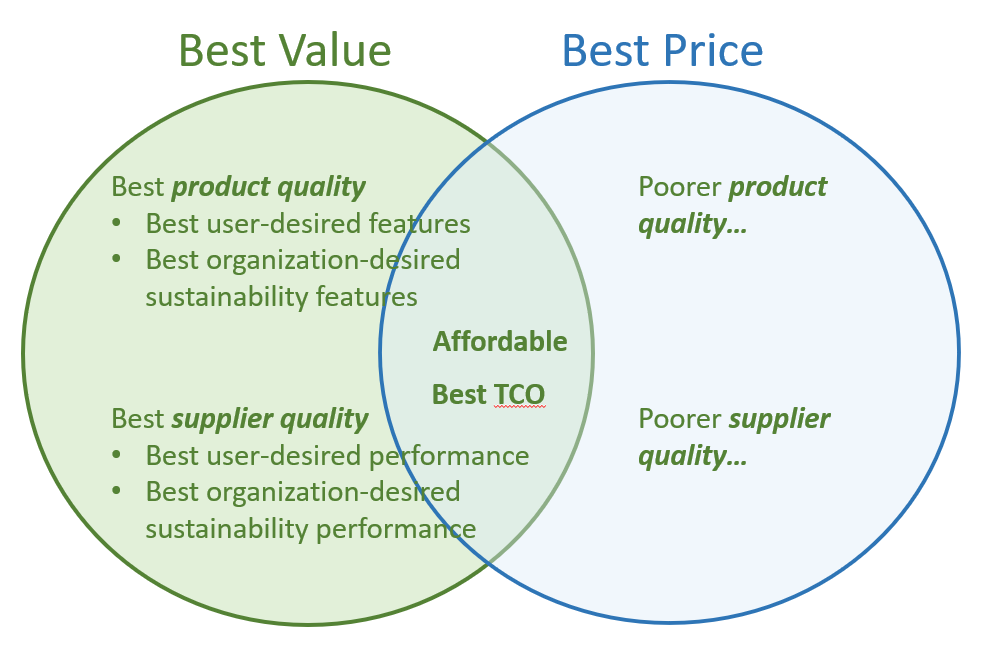
The definition of Sustainable Procurement is obtaining best value for money by purchasing the most sustainable goods and services from the most sustainable suppliers, in support of the buyer’s purpose, policies, and strategic sustainability goals. “Best value” has always considered product quality, supplier quality, and short- and long-term cash flow implications of purchasing decisions, as well as price. It is synonymous with “best deal” – highest quality for the money. In the 21st century, companies are mutually accountable for the impacts of suppliers and their products on people and planet. That’s why organizations now recognize that supplier and product sustainability-related attributes also contribute to their quality.
21st Century 5+3 Forces Model
/by Bob Willard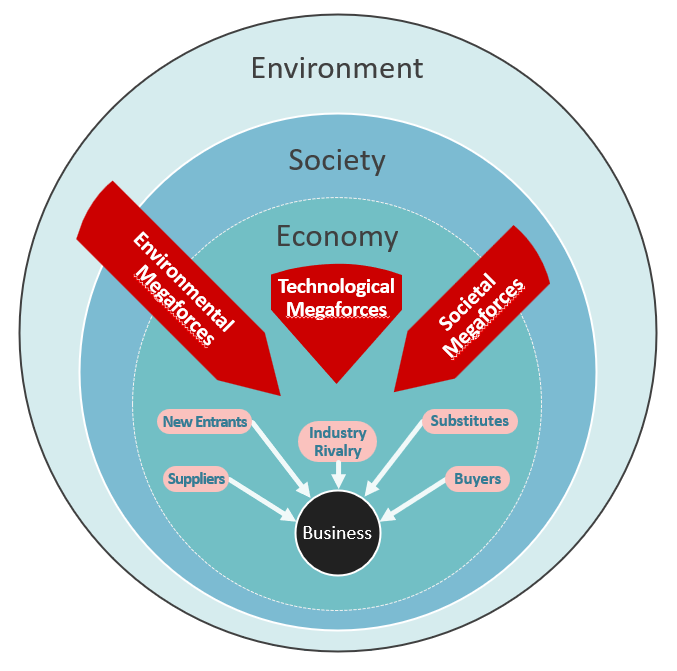
Most executives learned about Michael Porter’s famous 5 Forces Model in business school. It is widely regarded as the standard reference for strategic planning. It’s good, but it is dangerously out of date. We need a 21st Century 5+3 Forces Model.
Purpose Drives Governance; Governance Drives Everything
/by Bob Willard
(Note: Some content is based on the Multi-stakeholder Purpose section of my “The 21st Century Sustainable Enterprise Force Field” white paper.)
I was recently asked why the score on Governance was factored into other scores in the Basic Sustainability Assessment Tool (BSAT). That question prompted my adding an appropriate explanation to BSAT and tweaking the degree to which the Governance score consistently impacts scores on other sustainability issues, scores on the Sustainable Development Goals (SDGs), and scores on the three non-financial capitals (natural, human, and social capitals). Fundamentally, the importance of governance is based on the adage, “Purpose drives governance; governance drives everything.” Purpose provides the why; governance provides the how. It’s a ripple effect. Let’s explore that symbiotic relationship, starting with purpose.
Procuring My 2024 New Year’s Resolution
/by Bob Willard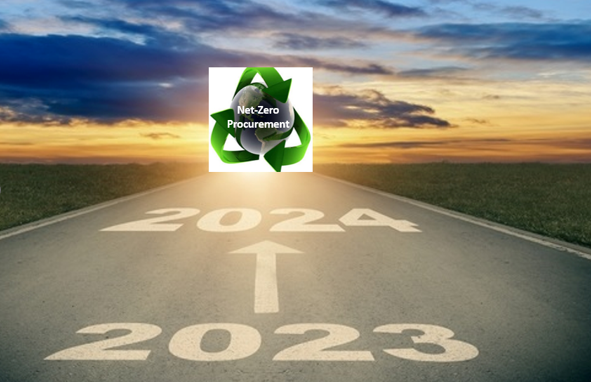
(This blogs builds on several other of my blogs about Net-Zero Procurement in the last couple of years.)
Another year, more opportunities. I just posted my 2023 Annual Integrated Report to my website. It includes both a look back and a strategic look forward. Pulling it together prompted me to recommit to this resolution for 2024.
In 2024, I will help develop and test an SME-friendly online questionnaire that scores any supplier on their commitment to science-based targets (SBTs) for greenhouse gas (GHG) reductions.
Why? It’s the missing link in a net-zero procurement system, which is our last, best hope of addressing the climate crisis, in time.
7 Ways the Master Slide Decks Accelerate Action
/by Bob Willard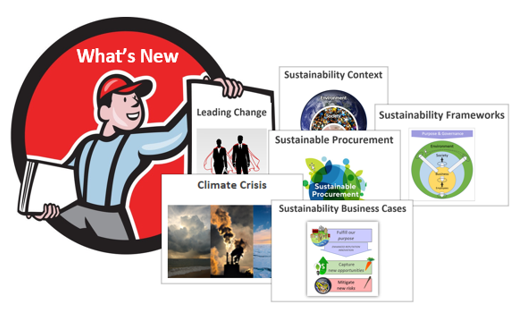
(This is an updated version of the Sept. 21, 2022 blog, to reflect new features of the subscription.)
In March, UN Secretary-General António Guterres made these blunt comments about the latest Intergovernmental Panel on Climate Change (IPCC) report: “Humanity is on thin ice and that ice is melting fast. This report is a clarion call to massively fast track climate efforts by every country, by every sector, and on every time frame. In short, our world needs climate action on all fronts – everything, everywhere, all at once.” There are seven ways the Master Slide Decks accelerate action on climate change and other hot sustainability issues.


